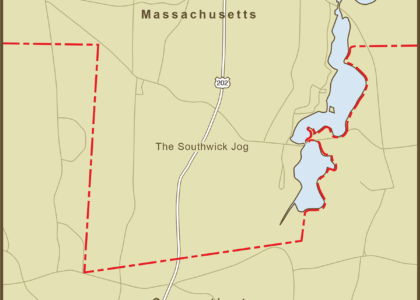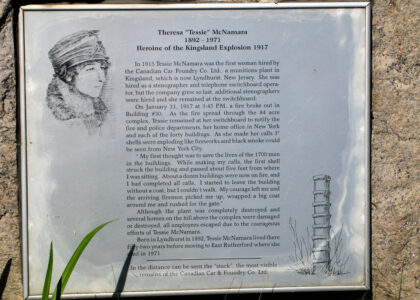Welcome to Caroline County, Virginia, a place where history echoes through the rolling countryside. As you journey through this historic region, you’ll discover tales of transformation and resilience that have shaped not only the county but the broader American story.
Caroline County was established in 1728, carved out of Essex, King and Queen, and King William counties. Named in honor of Caroline of Ansbach, the wife of King George II of England, it quickly became a hub of colonial activity. The county’s early years were marked by its agricultural prowess, with tobacco plantations thriving thanks to the fertile land and the labor of enslaved people.
One of the most significant historical events associated with Caroline County is its role during the American Civil War. The county was a strategic location due to its proximity to Richmond, the Confederate capital. Notably, the Battle of North Anna in May 1864 was a key engagement during the Overland Campaign. Union forces, led by General Ulysses S. Grant, clashed with Confederate troops under General Robert E. Lee along the North Anna River in a series of skirmishes that would test the mettle of both sides.
Caroline County also has the somber distinction of being the site where Confederate President Jefferson Davis was captured by Union forces on May 10, 1865, effectively marking the end of the Confederacy. The capture took place in the nearby town of Irwinville, Georgia, but he was held briefly in Caroline County before being transported further.
In terms of notable figures, Caroline County was home to Mildred Loving and Richard Loving, whose interracial marriage led to the landmark Supreme Court case Loving v. Virginia in 1967. This case struck down laws prohibiting interracial marriage across the United States, a pivotal moment in the civil rights movement. Their story began in the small town of Central Point, where their love defied the laws of the time and changed the course of history.
Over the years, Caroline County has evolved from its colonial roots into a vibrant community that honors its past while looking to the future. The county’s historical sites, such as the historic courthouse in Bowling Green, provide a glimpse into the architectural styles of the early 19th century, while its natural landscapes offer a peaceful retreat for those seeking to connect with nature.
Today, Caroline County remains a testament to the resilience and spirit of its people. It stands as a symbol of how communities can grow and adapt over time, while still preserving the stories that define them. As you explore this historic county, imagine the footsteps of those who have walked these paths before you, and consider the legacy they have left behind.





